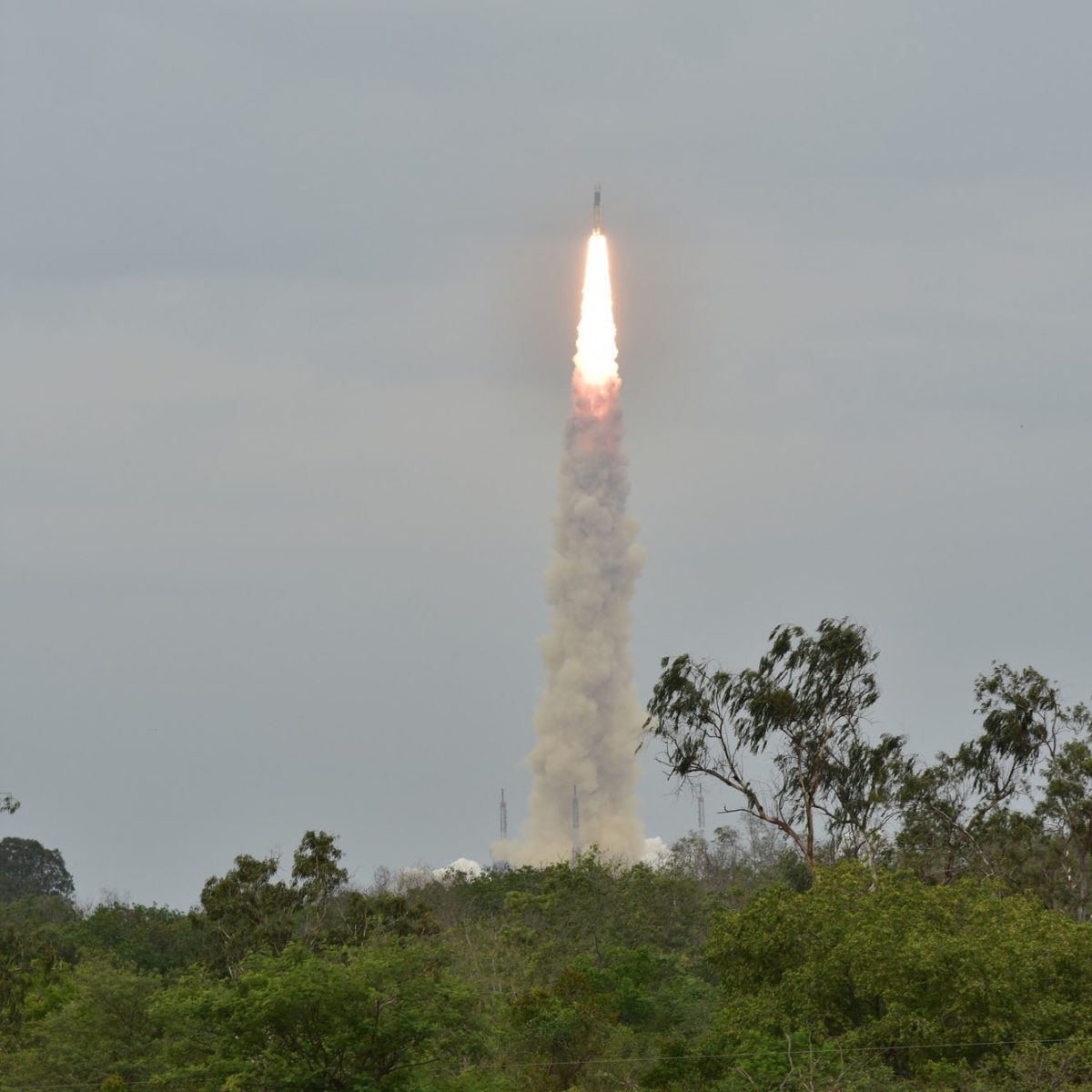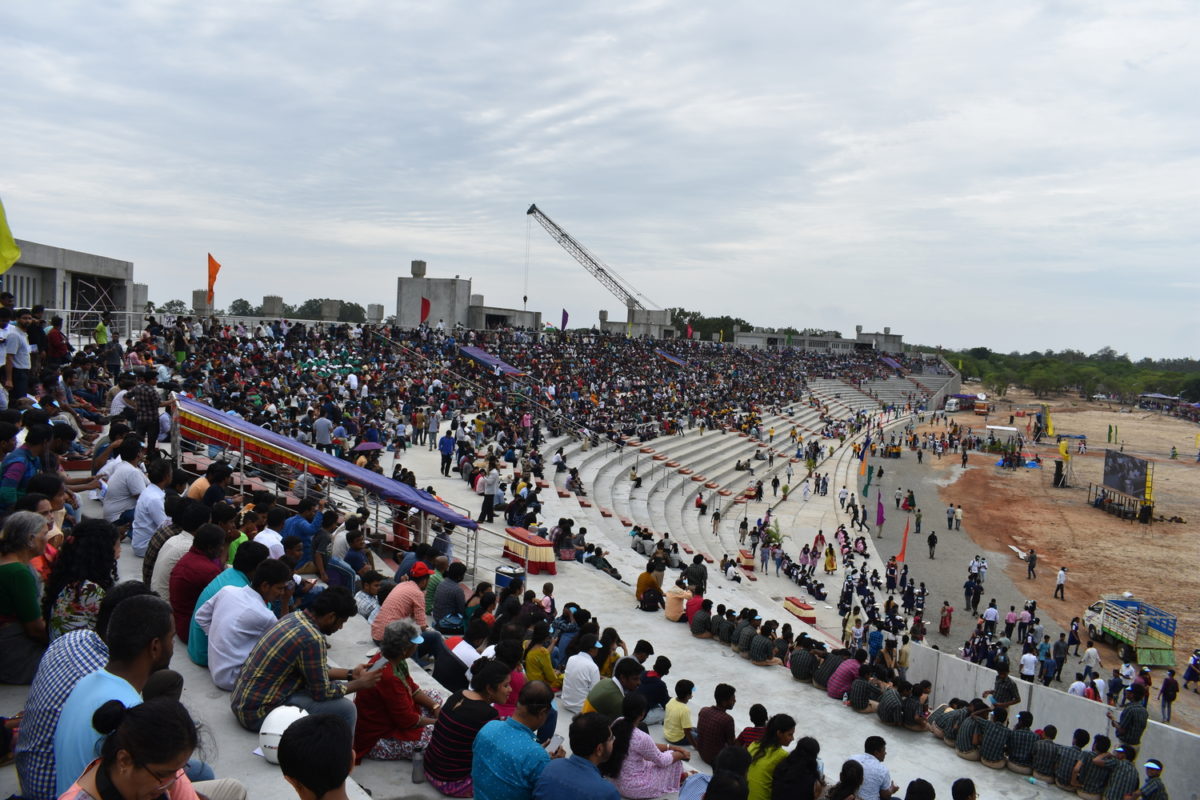Jatan Mehta • Jul 22, 2019
Chandrayaan-2 Launches for the Moon
Chandrayaan-2, India’s first mission to soft-land a spacecraft on the Moon, successfully launched today. Liftoff atop the country’s GSLV Mk III rocket occurred on 22 July at 14:43 IST (09:13 UTC). You can watch a replay of the launch’s live broadcast here.

A day before launch, India’s space agency ISRO posted on Twitter a picture of the 14-story-high GSLV Mk III rocket at the Second Launch Pad in Sriharikota, India, announcing launch countdown initiation.
#ISROMissions
— ISRO (@isro) July 21, 2019
The launch countdown of #GSLVMkIII-M1/#Chandrayaan2 commenced today at 1843 Hrs IST. The launch is scheduled at 1443 Hrs IST on July 22nd.
More updates to follow... pic.twitter.com/WVghixIca6
On the same island that hosts the launch complex, ISRO invited people to watch from the agency’s newly inaugurated Launch View Gallery. I was present at the gallery to view the launch!

The crowd buzzed with excitement and we heard the rocket as it ascended. The Mk III’s solid boosters separated from the rocket about 2 minutes after launch. The protective fairing surrounding the Chandrayaan-2 orbiter, lander and rover trio separated about a minute after that, shortly followed by the liquid-core first stage.
Chandrayaan-2 itself successfully separated from the cryogenic, upper stage of the Mk III 16 minutes after liftoff, as planned. This deployed the craft in its desired elliptical orbit around the Earth: about 170 by 39120 kilometers.
#GSLVMkIII-M1 successfully injects #Chandrayaan2 spacecraft into Earth Orbit
— ISRO (@isro) July 22, 2019
Here's the view of #Chandrayaan2 separation#ISRO pic.twitter.com/GG3oDIxduG
India’s Prime Minister Narendra Modi tweeted a note on the mission’s national significance:
Efforts such as #Chandrayaan2 will further encourage our bright youngsters towards science, top quality research and innovation.
— Narendra Modi (@narendramodi) July 22, 2019
Thanks to Chandrayaan, India’s Lunar Programme will get a substantial boost. Our existing knowledge of the Moon will be significantly enhanced.
Over the next 23 days, Chandrayaan-2 will perform multiple orbit-raising maneuvers until it enters the Moon’s sphere of gravitational influence. Capture into lunar orbit and detachment of the lander from the orbiter during a subsequent, tighter orbit will follow after that.
Successful execution of the mission-defining autonomous touchdown on the lunar surface—scheduled for 7 September—will be the most challenging part of the mission.
For more coverage, don't miss our Chandrayaan-2 What to Expect article!
Support our core enterprises
Your support powers our mission to explore worlds, find life, and defend Earth. You make all the difference when you make a gift. Give today!
Donate

 Explore Worlds
Explore Worlds Find Life
Find Life Defend Earth
Defend Earth

